Space Station Leak Confirmed And It’s Growing
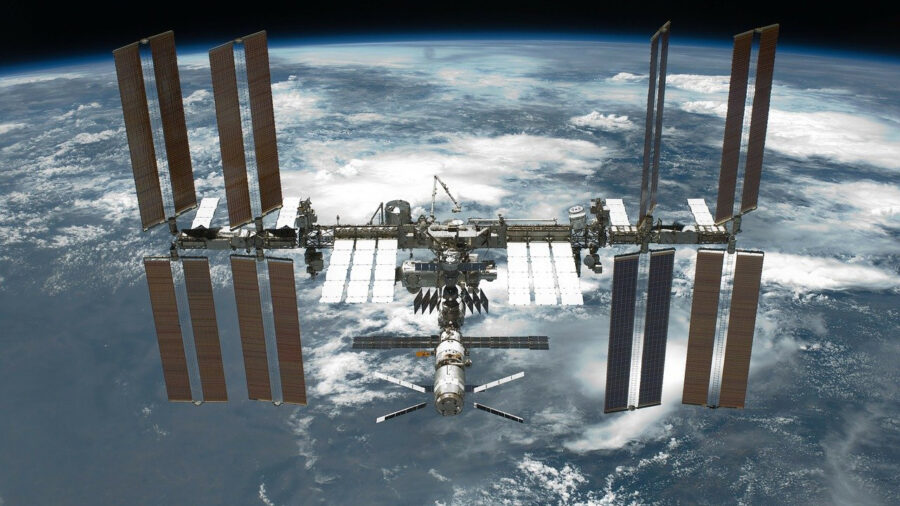
The last thing you want on the International Space Station is a leak—and that’s precisely what the ISS is dealing with. Indeed, in a revelation underscoring the very real and ongoing challenges faced by the ISS, Russia’s space agency has announced two disquieting developments. One, there’s a leak inside its area of the orbiting laboratory. Two, the persistent leak is expanding.
No Threat To Crew?
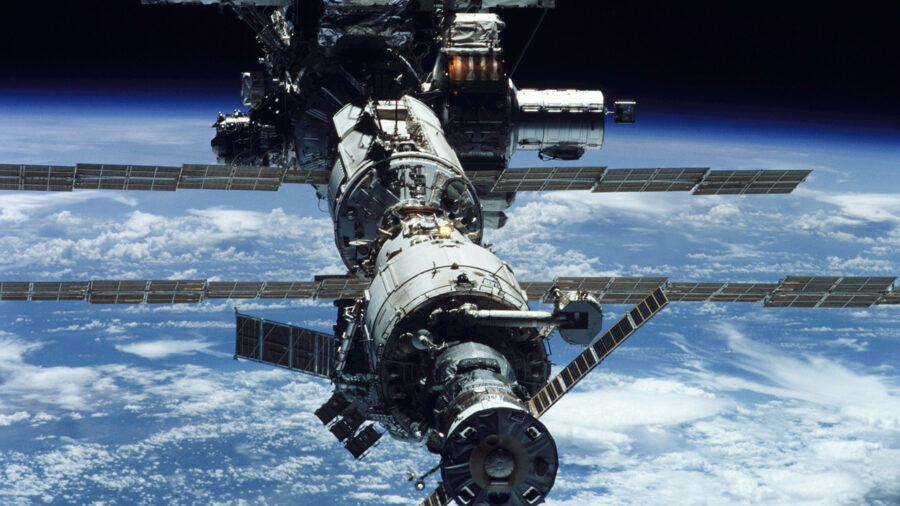
Thankfully, the Russian agency assures us Earthlings that the situation does not pose a threat to the wellbeing of the station’s crew. Still, the situation contributes to a growing pile of technical challenges plaguing the ISS in recent years.
Joel Montalbano, NASA’s ISS program manager, divulged the existence of the International Space Station leak in the Zvezda life support module to the media during a briefing on the Crew-8 mission.
The Zvezda life support module, for those unfamiliar with the nuances of the ISS, is a vital component of the station’s infrastructure.
No Mincing Words From NASA
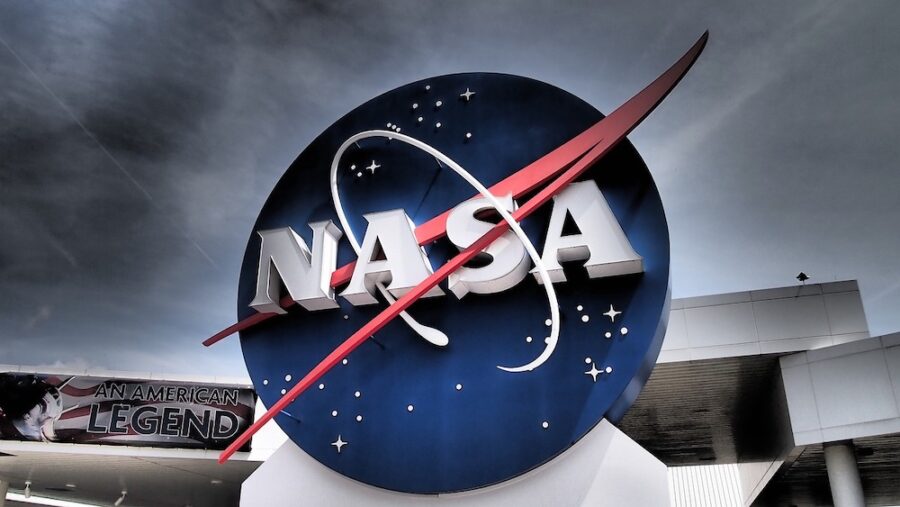
Montalbano did not mince words, alerting the press to the existence of the leak and its location, the rear of the ISS.
The program manager emphasized the severity of the situation, mentioning that the rupture had worsened in the week leading up to the recent docking of the Progress cargo spacecraft.
Not The First Problem
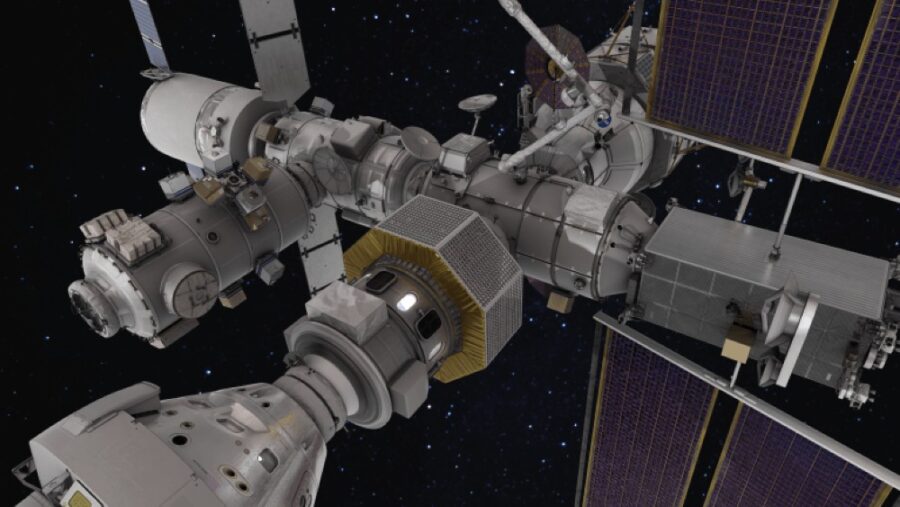
While this all might sound like the perfect kick-off to a sci-fi horror movie, the incident is by no means the first time the International Space Station has dealt with a leak.
For instance, in 2020, NASA detected plummeting air pressure within the station. Understandably, this alarming find triggered an extensive search for the leak’s origin.
Eventually, the investigation pinpointed—yes—the Russian Zvezda service module as the source. Upon locating the exact tear, the crew set to work repairing it.
Concerns Are Growing
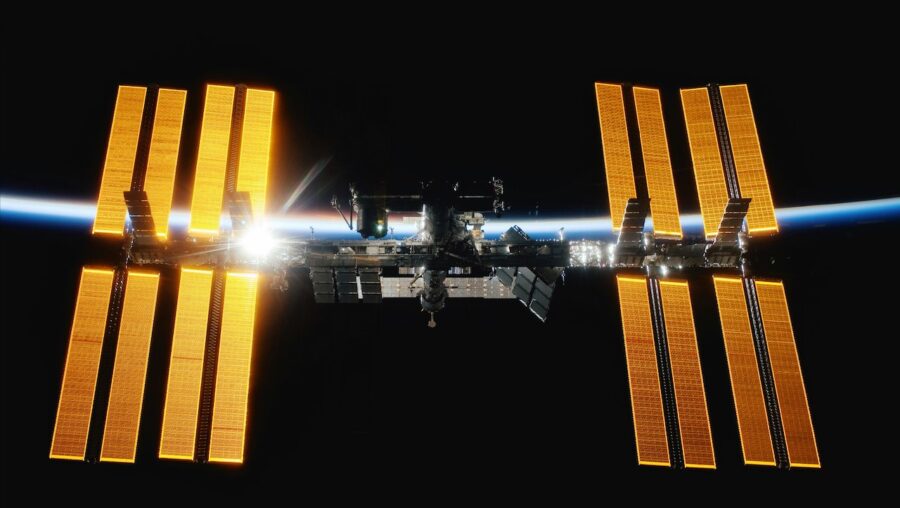
More space station leaks followed in the subsequent years, regularly and recurrently enough to become a fact of life for the station’s maintenance teams.
Given the persistence of the problem and the addition of other technical issues– like the malfunctioning Russian rockets and radiator problems–concerns have grown about the aging infrastructure of the ISS.
Frustration Growing
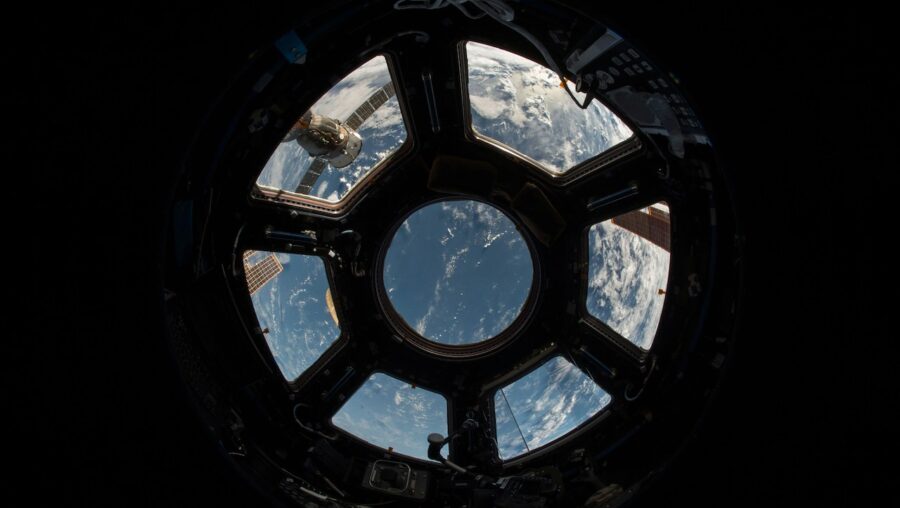
For its part, Russia has voiced marked frustration. The largest nation in the world bemoaned the condition of the orbital outpost, framing the station as beyond repair. Russia has signaled its intention to completely withdraw from the ISS program at the close of the current year.
Once divorced from the ISS, Russia plans to build its space station—hopefully without leaks.
A Complex Picture
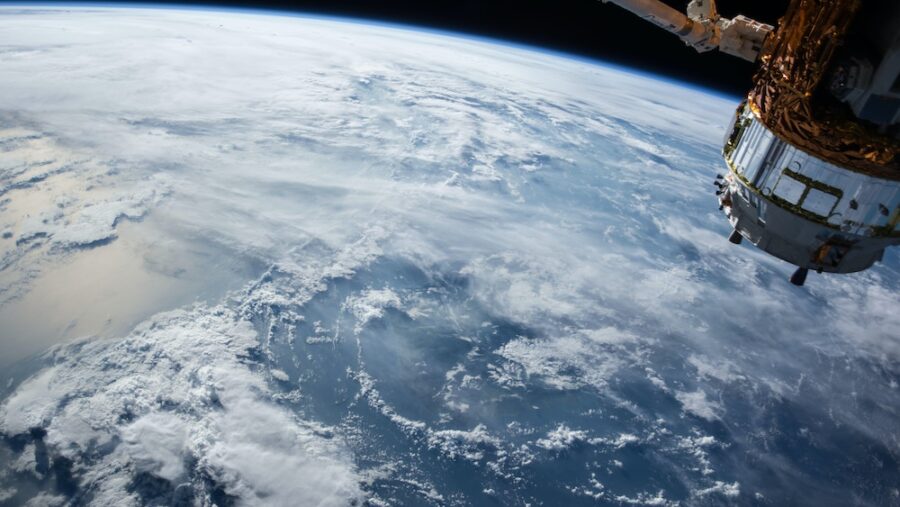
Overall, the situation paints a complex and somewhat dire picture of the future of international cooperation in space research and exploration.
Even though Russia plans to say goodbye, NASA remains committed to extending the operational of life on the ISS until 2030, at a minimum. As implied by this commitment, the agency is determined to surmount any technical hurdles that might lie ahead.
Come what may, NASA strives to ensure the continuation of the station’s significant scientific and exploratory work. The ISS, after all, has been in orbit since 1998, and serviced by five international groups (USA, Russia, Japan, Europe, and Canada).
It would be a shame for it to go before its time.
Source: Futurism












